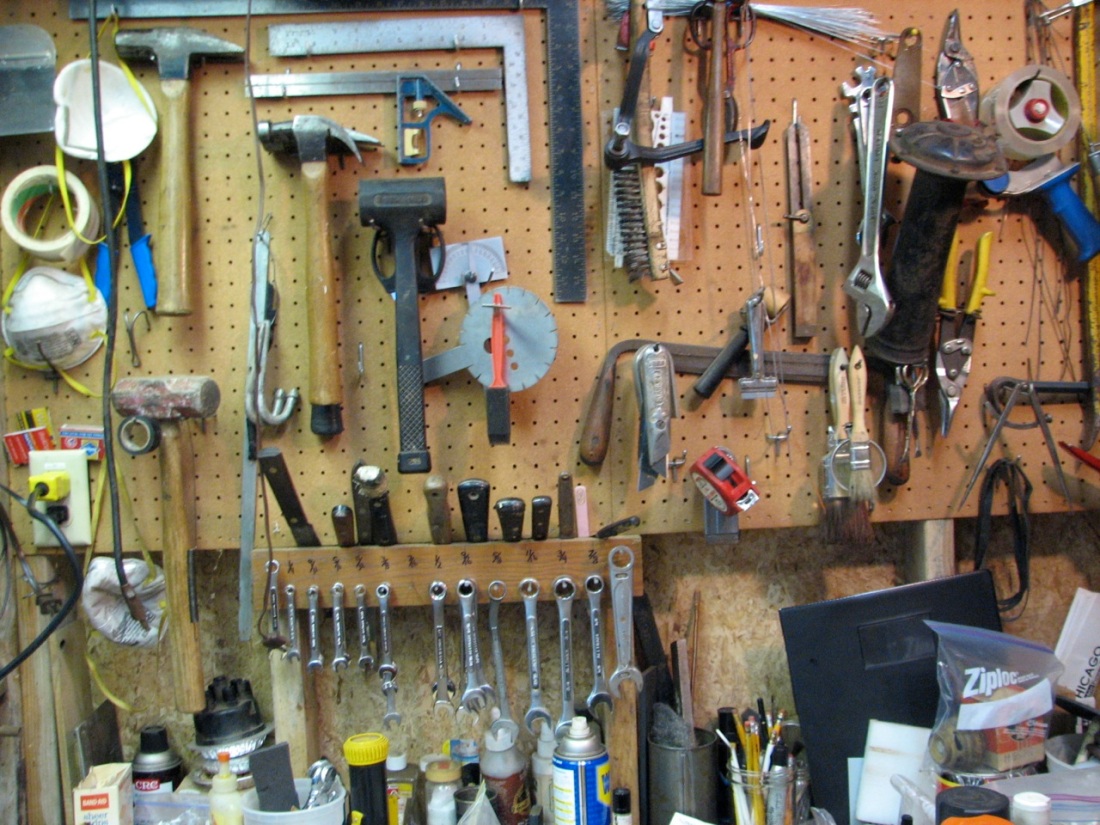My dad has a workshop at the back of his garage. He builds, he hacks, he plays. It’s magical.
Dad’s great with craft projects! Sometimes, he does all the work, like cutting scrap wood into paintable shapes for our little people. Other times, I’ve seen how to use a new tool — like a drill press (for a bookbinding project.)
At work, we often want to “workshop” a people management skill. Or a team-building challenge.
We want the workshop — or retreat — to be a solution. Sometimes we want too much.
At best, workshops give people:
- Exposure to new skills. Maybe a bit of practice, in vitro.
- Novel ways to meet colleagues, outside of the daily flow of work.
- Ways to search, together, for a common understanding.
- (Fulfillment of compliance requirements.)
Before jumping into a workshop — especially if we want to solve a problem — ask a few key questions:
- How will workshop content/design move us towards our desired end state?
- Do our people see workshops as great development opportunities? Or a barrier to getting their “real work” done?
- In the weeks and months that follow, how will our leaders support and reinforce people’s learning?
Also ask, “What might go wrong?”
Layering a team building exercise on top of existing relationship issues? It might not end well. (I still remember the relationship fallout of a 1990s exercise in game theory.)
I suspect that the term “workshop” comes from the entertainment industry. “Workshopping” is a low-cost, high impact way to test and get feedback on a play.
Workshops and retreats are expensive in time. And potentially in relationship, too. (Ask the boomers in your life about Trust Falls.)
After working with my dad at his workbench, maybe I’m qualified to drill holes through paper, fabric, and cardboard. I wouldn’t use the drill press unsupervised, or on wood or metal.
“Begin with the end in mind,” is a Stephen Covey principle. It’s a good one to consider when investing your resources in a learning program.
Leaving a workshop, I expect to have a change in state. A transformation.
And yet, no workshop or retreat is a silver bullet.
It’s also not a workbench. When I walk away from Dad’s workbench, we have created a tangible artifact. Something that will exist in the world. I’m thinking about this lately, out talking with people about useful workplace learning experiences.
Photo: Workbench, by Lenore Erdman, via Flickr under CC 2.0 license.

